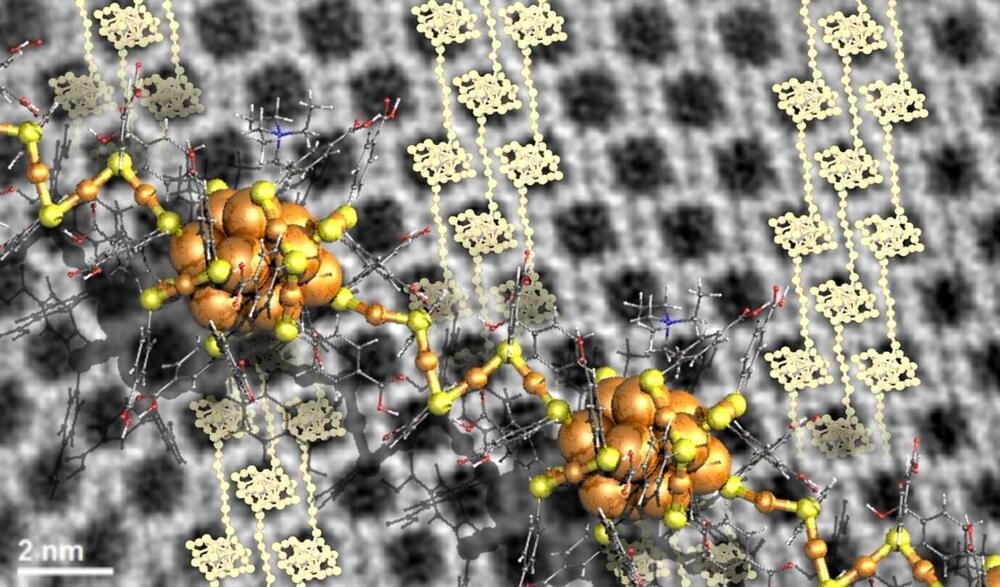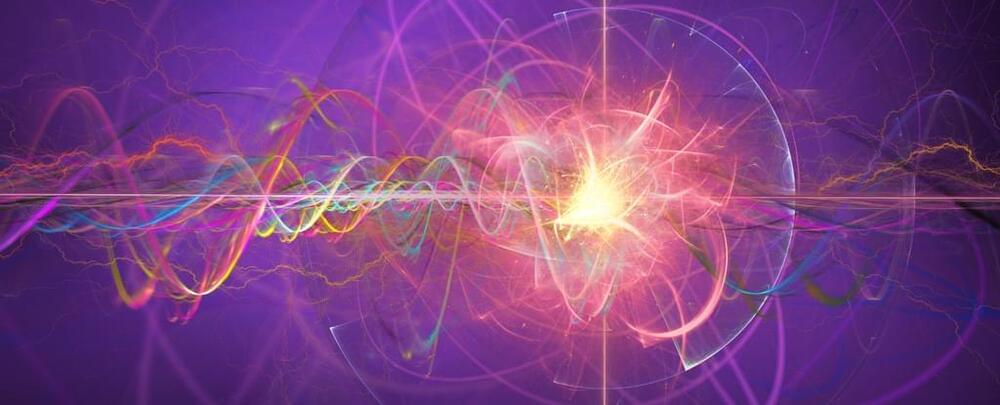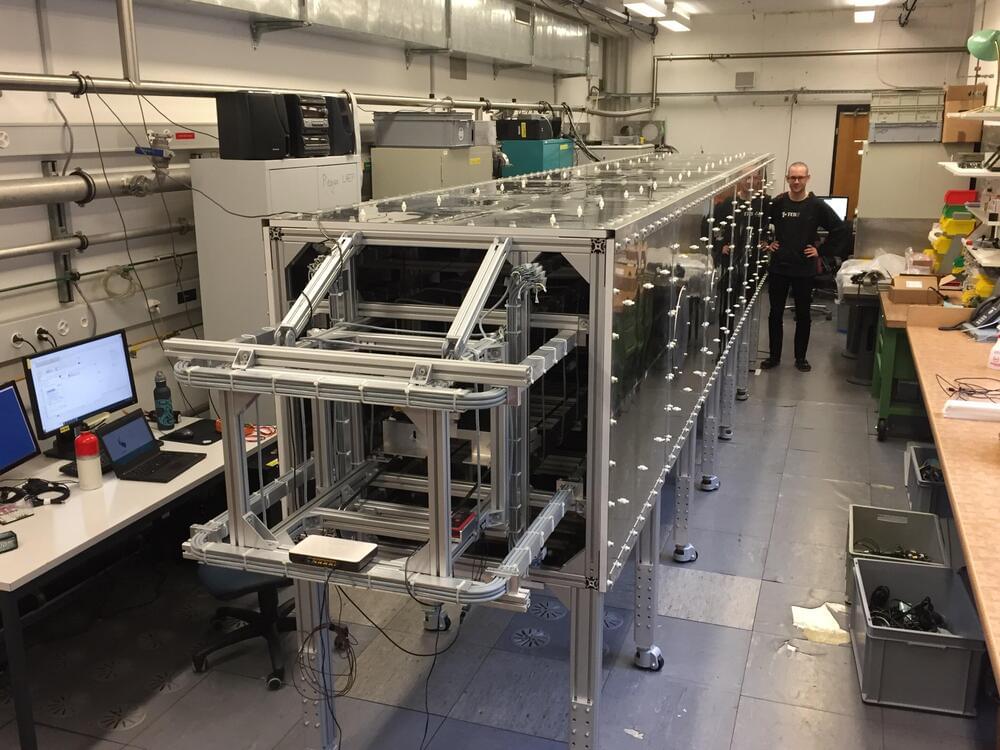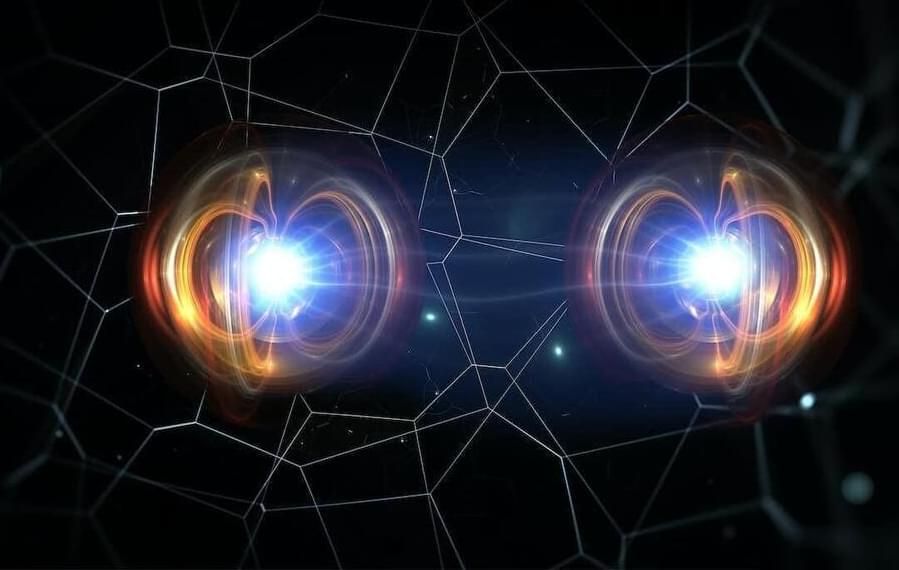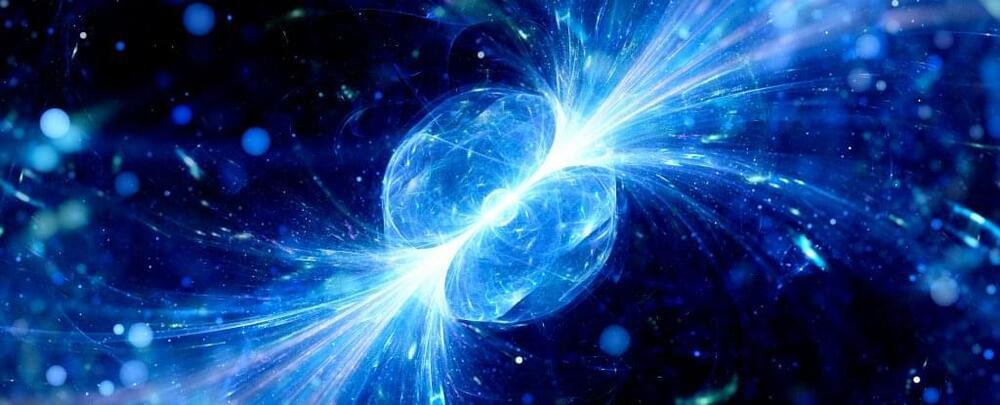
Circa 2015 face_with_colon_three
MIT physicists have created a superfluid gas, the so-called Bose-Einstein condensate, for the first time in an extremely high magnetic field. The magnetic field is a synthetic magnetic field, generated using laser beams, and is 100 times stronger than that of the world’s strongest magnets. Within this magnetic field, the researchers could keep a gas superfluid for a tenth of a second—just long enough for the team to observe it. The researchers report their results this week in the journal Nature Physics.
A superfluid is a phase of matter that only certain liquids or gases can assume, if they are cooled to extremely low temperatures. At temperatures approaching absolute zero, atoms cease their individual, energetic trajectories, and start to move collectively as one wave.
Superfluids are thought to flow endlessly, without losing energy, similar to electrons in a superconductor. Observing the behavior of superfluids therefore may help scientists improve the quality of superconducting magnets and sensors, and develop energy-efficient methods for transporting electricity.


